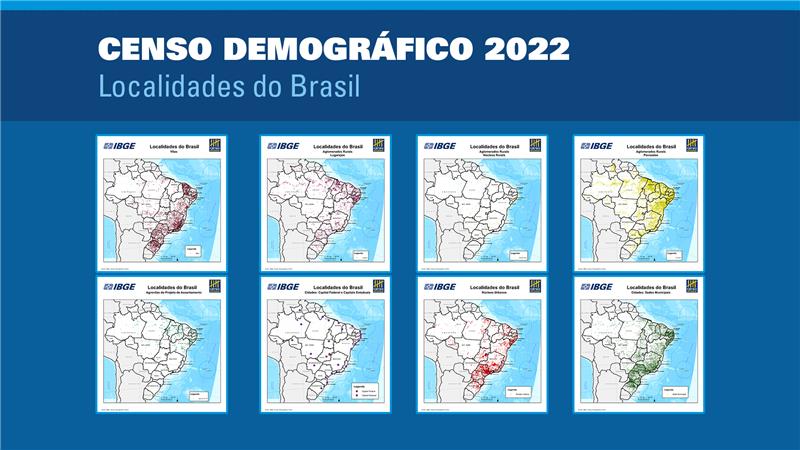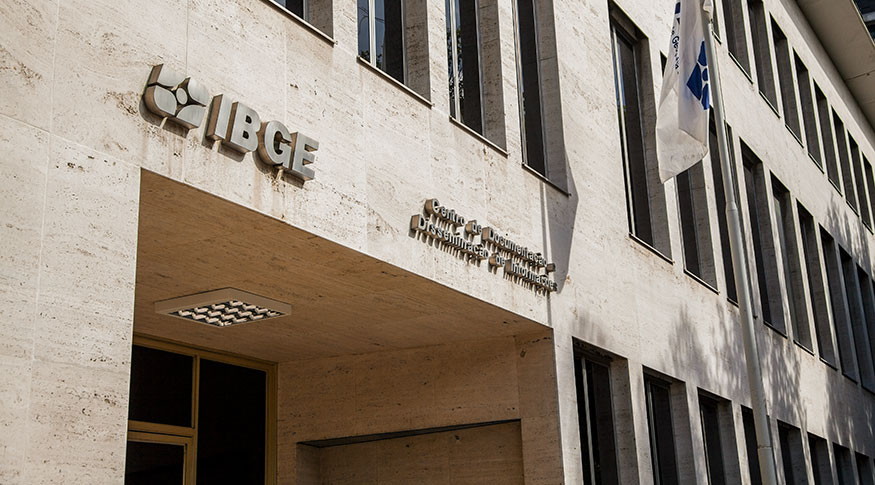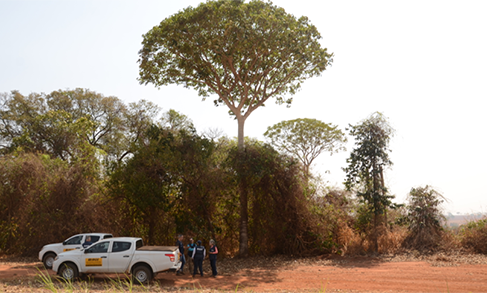Vital Statistics
Experimental study brings new disaggregation for data of births and deaths
April 06, 2022 10h00 AM | Last Updated: April 06, 2022 05h15 PM
Highlights
- Capture-Recapture technique uses databases from IBGE and Ministry of Health to show new disaggregation of estimates of births and deaths in Brazil.
- Data from the IBGE´s Vital Statistics and from the Ministry of Health´s Information System on Live Births (SINASC) and Information system on Mortality are matched and harmonized to apply the technique.
- Results show the evolution and improvement of the underreporting indicator.
- Harmonization of the two databases is a recommendation from the UN for the systems of vital statistics.

The Capture-Recapture Study presents a more refined estimate of vital events: Disaggregate estimates of the total number of live births and deaths 2016-2019, released today (6) by the IBGE as an Experimental Statistics.
The Capture-Recapture technique has been applied by the IBGE to calculate the estimates of the total number of vital events (births and deaths) and their underreporting, based on the IBGE´s Vital Statistics survey and on the Information System on Live Births (Sinasc) and of the Information System on Mortality (SIM) of the Ministry of Health.
“It is a technical work of matching and harmonizing the two databases. The methodological advance reflected in this study is the production of indicators of births and deaths disaggregated by new variables. As a new feature, the results will be firstly released as Experimental Statistics,” explains Luiz Fernando Costa, technologist of the IBGE´s Department of Statistics and Technology.
It is expected that the data updated for 2020, still stamped as experimental data, are released in 2022 with the Vital Statistics.
Experimental indicators of the study
Births:
- Federation Unit and Municipality where the mother lives;
- Age of mother;
- Place of birth;
- Percentage of the municipal population of women aged between 25 and 39 years who completed secondary education;
- Population density of the municipality.
Deaths:
Federation Unit and Municipality where the dead person lived;
- Sex and age group of the dead person;
- Place of death;
- Cause of death;
- Percentage of the municipal population aged between 25 and 39 years who completed secondary education;
- Population density of the municipality.
“It was possible to notice the evolution and improvement of the underreporting indicator in all disaggregations. Along the time, the indicator has been dropping, confirming the development and evolution of the databases, both in relation to coverage and in relation to the quality of the information,” analyzes Costa.
History
The IBGE is responsible for collecting information on live births, marriages, deaths and fetal deaths reported by the Civil Registry Offices of Natural Persons since 1974.
According to the recommendations proposed by the United Nations (UN), a well-established National System of Vital Statistics also comprises administrative records of the health area on births and deaths, like those in Sinasc and SIM.
“Vital Statistics are key to understand the Brazilian demographic dynamics, its evolution over time and the changes in the behavior of the society,” contextualizes Costa.


















